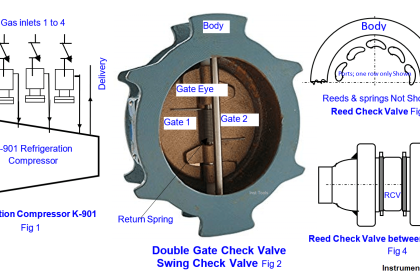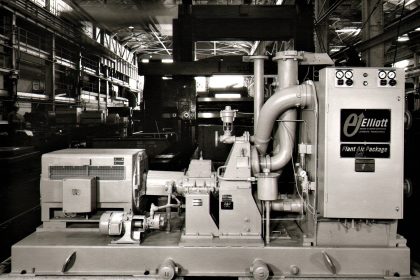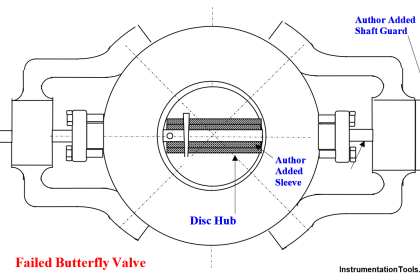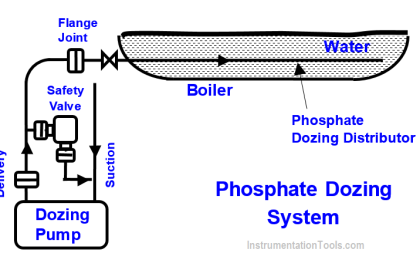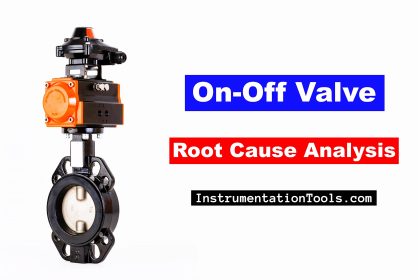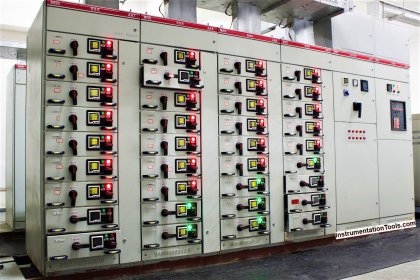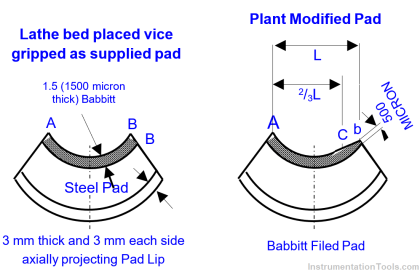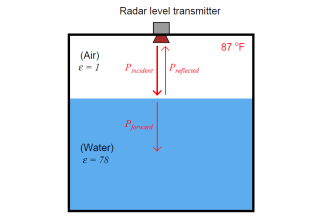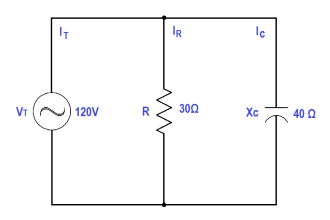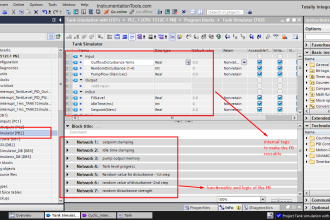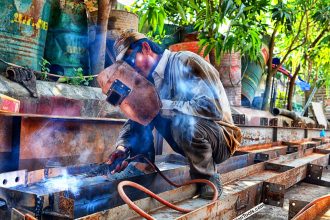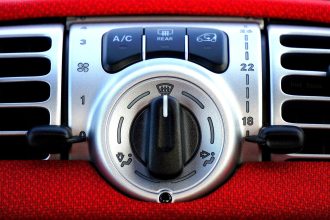Electrical engineering root cause analysis (RCA) related to HT motors corrosion problem, motors burnouts, and their solutions.
| Article Type: | Root Cause Analysis (RCA) |
| Category: | Electrical |
| Equipment Type: | Motors |
| Author: | S. Raghava Chari |
Note: This root cause analysis (RCA) is from real-time scenarios that happened in industries during the tenure of two or three decades ago. These articles will help you to improve your troubleshooting skills and knowledge.
HT motors Corrosion Problem
Motors ventilating tubes severe corrosion posed problems are:
- Fan blown air carried hygroscopic corrosive dust corroded and stuck hard to the carbon steel ventilating air tubes
- Consequent reduced winding cooling and in turn high windings temperature especially in the motors with no winding temperature indicator threatened premature winding burnouts
- Holes seen on the tubes after 5-years despite anti-corrosive bore painting added to the above threats and demanded immediate solution
Authors Solution
After several deep-thinking days the author proposed the below given solutions:
- Re-tube the motors with thinner walled SS-316 SS tubes; his reasons are:
- Air velocity and turbulence influence heat transfer most and tube material thermal conductivity least.
- SS does not corrode; hence no non-cleanable hard-stuck and poor thermal conductivity dust coated tube bores → better than design heat transfer → effective winding cooling → acceptable winding temperatures → vanished winding burnout threats
A lesson learnt
Expanding the tubes without the end-shields in position in the first instance distorted the motor frame; hence the motor body necessary extensive repairs delayed the motor reassembly by a month and absent spare motor threatened long plant shutdowns (SDs).
Having learnt the lesson the hard way, the crew re-tubed with end shields in position, did not expand the tubes but just m-seal sealed the tubes to motor body joints as the author advised.
RCA solution Benefits:
Implementing RCA solution Benefits are
- Thanks to no corrosion, the dust did not stick hard to the tube bores
- Hence, during plant cleaning shutdowns long brushes removed most of the dust
- Water soaked squeegee brush mop out followed by dry squeegee mop out tubes were metal clean
- These steps preserve the designed in winding cooling; hence winding burnout threats vanished forever.
Author: S. Raghava Chari
Do you face any similar issues? Share with us through the below comments section.
If you liked this article, then please subscribe to our YouTube Channel for Instrumentation, Electrical, PLC, and SCADA video tutorials.
You can also follow us on Facebook and Twitter to receive daily updates.
Read Next:
- Poor Power Factor Problem
- Aluminum Cable Terminations
- HT Motor Direction of Rotation
- Inability to Test Repaired HT Motors
- General Corrosion of Electrical Motors
